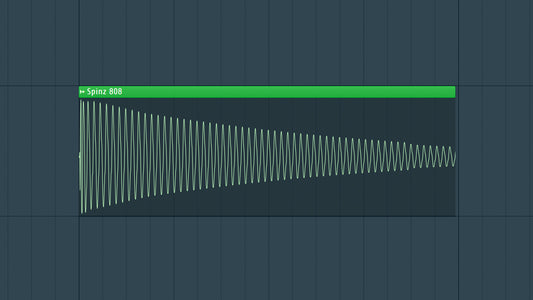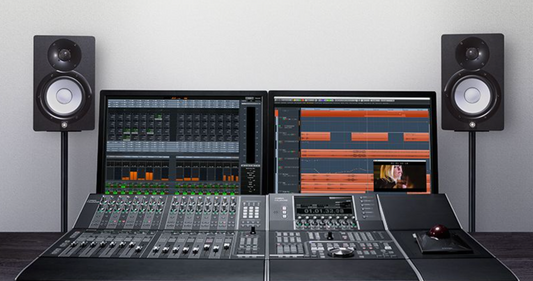Introduction
Understanding the ADSR envelope was one of the most important steps I made to level up my sound design. The Attack, Decay, Sustain, and Release parameters of this envelope wield immense power, allowing producers to sculpt and mold the characteristics of any sound. In this blog, we'll embark on a journey to unravel the intricacies of the ADSR envelope, exploring its functions and providing practical insights on how to wield this indispensable tool in your musical arsenal.
FREE DOWNLOAD: 20+ SAMPLE PACKS FOR EVERY GENRE

The ABCs of ADSR
1. Attack:
- Definition: The Attack parameter determines the time it takes for a sound to reach its maximum amplitude from silence.
- Practical Application: Use a longer attack for smoother, gradual swells in pads or strings, and a shorter attack for percussive elements to ensure a quick onset.
2. Decay:
- Definition: Decay sets the time it takes for the sound to decrease from its peak amplitude to the sustain level.
- Practical Application: Adjust the decay for control over the initial intensity of a sound. Longer decay times can create lush, evolving textures, while shorter decays result in snappier, more defined sounds.
3. Sustain:
- Definition: Sustain determines the level at which the sound will remain as long as the note is held.
- Practical Application: A higher sustain level keeps the sound at a consistent volume, ideal for sustaining instruments like strings. Lower sustain levels are suitable for percussive elements or short-lived sounds.
4. Release:
- Definition: Release is the time it takes for a sound to fade away after the note is released.
- Practical Application: Adjust the release time to control the tail of a sound. Longer releases can create ambient and lingering effects, while shorter releases are effective for tight, controlled sounds.
Practical Insights on ADSR Usage:
- Synthesizers and Sound Design:
- When designing synth patches, manipulating the ADSR envelope can transform a simple waveform into a dynamic, expressive instrument. Experiment with different settings to craft evolving textures and expressive leads.
- Percussion and Drums:
- Fine-tuning the ADSR parameters is crucial for shaping the character of drum sounds. Adjust the attack to control the punchiness of kicks, use decay to shape the length of snares, and experiment with sustain and release for nuanced hi-hat textures.
- Dynamic Expression in Instruments:
- Apply subtle changes to the ADSR envelope to introduce natural dynamics in sampled instruments. Mimic the nuances of real instruments by adjusting attack times to simulate the initial transient of a plucked string or a struck piano key.
- Creating Pads and Atmospheres:
- Crafting atmospheric pads often involves using extended attack and release times. This allows the sound to gradually emerge and linger, contributing to the ethereal quality of ambient textures.
- Emulating Real Instruments:
- When working with virtual instruments, paying attention to the ADSR envelope helps in emulating the characteristics of acoustic instruments. For instance, adjusting the attack on a virtual brass instrument can replicate the natural swell of a trumpet.
- Automation for Dynamic Changes:
- Automate ADSR parameters over time to introduce dynamic changes in a track. This can be particularly effective for evolving soundscapes, creating tension and release in your compositions.
FREE DOWNLOAD: 20+ SAMPLE PACKS FOR EVERY GENRE
Conclusion
Mastering the ADSR envelope is an essential skill for any producer or sound designer. Its influence extends across various genres and styles, allowing you to breathe life into your creations. As you experiment with the Attack, Decay, Sustain, and Release parameters, you unlock the potential to shape soundscapes that are not only technically precise but also artistically expressive. So, dive into your DAW, explore the nuances of the ADSR envelope, and let your sonic creations come to life through the artful manipulation of time and amplitude.




